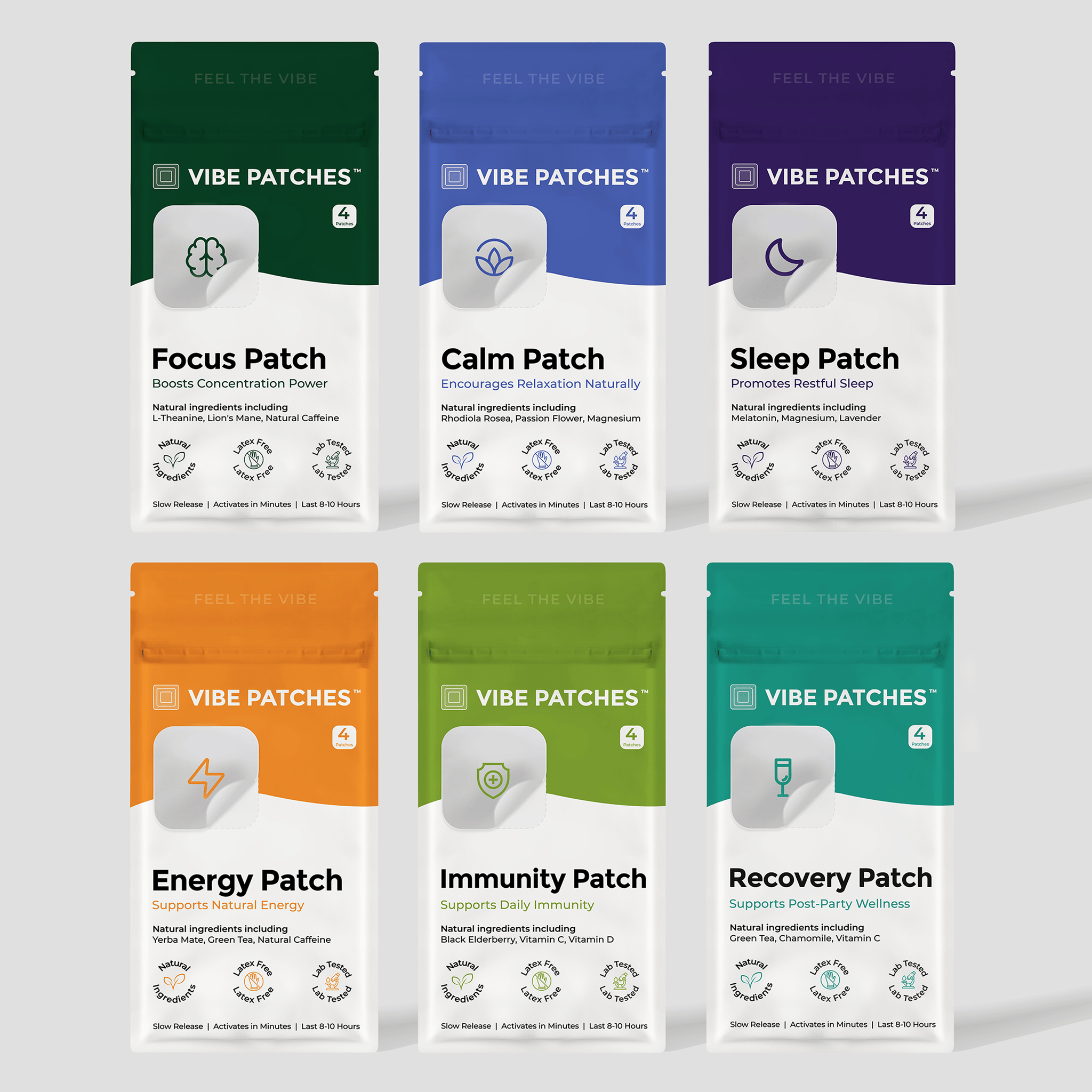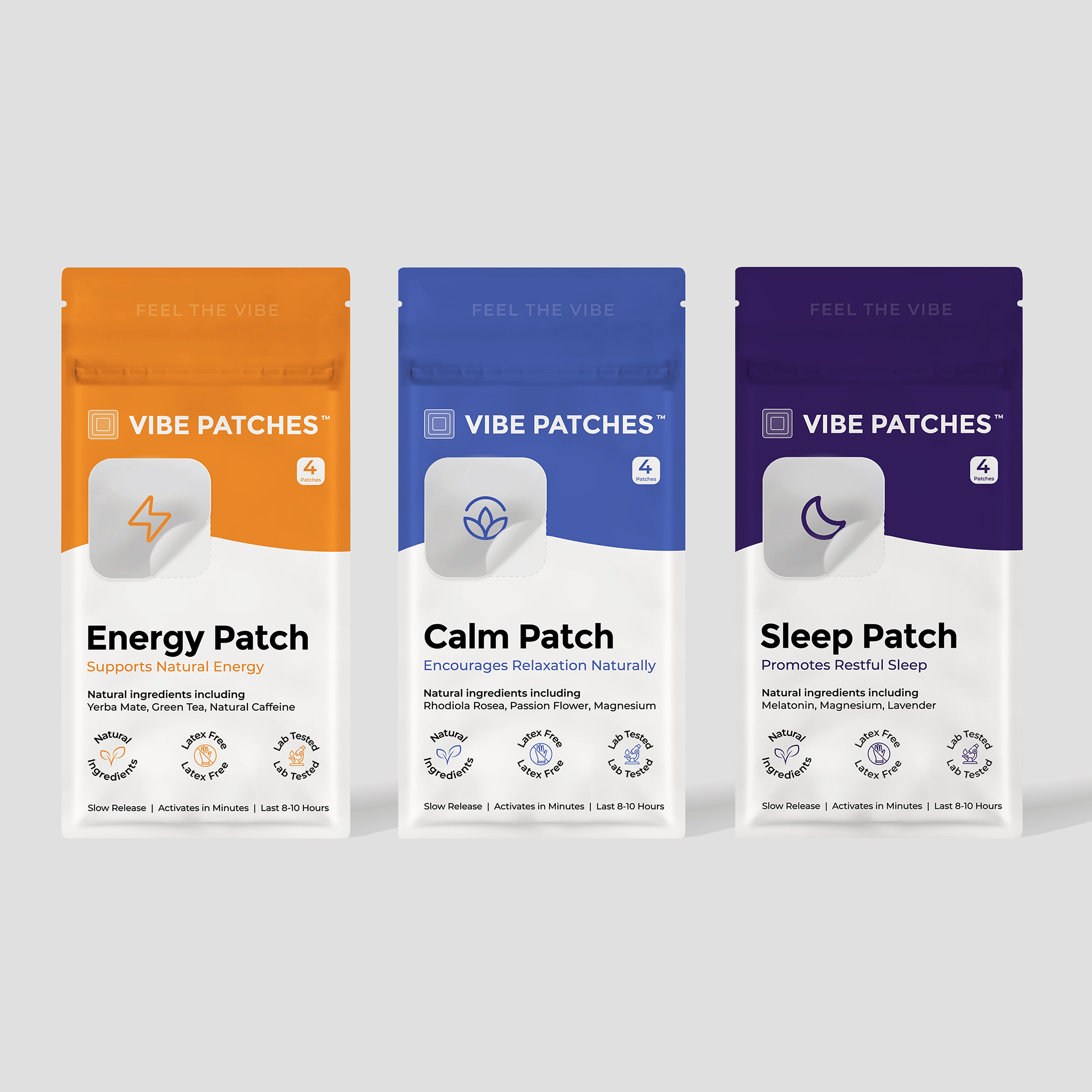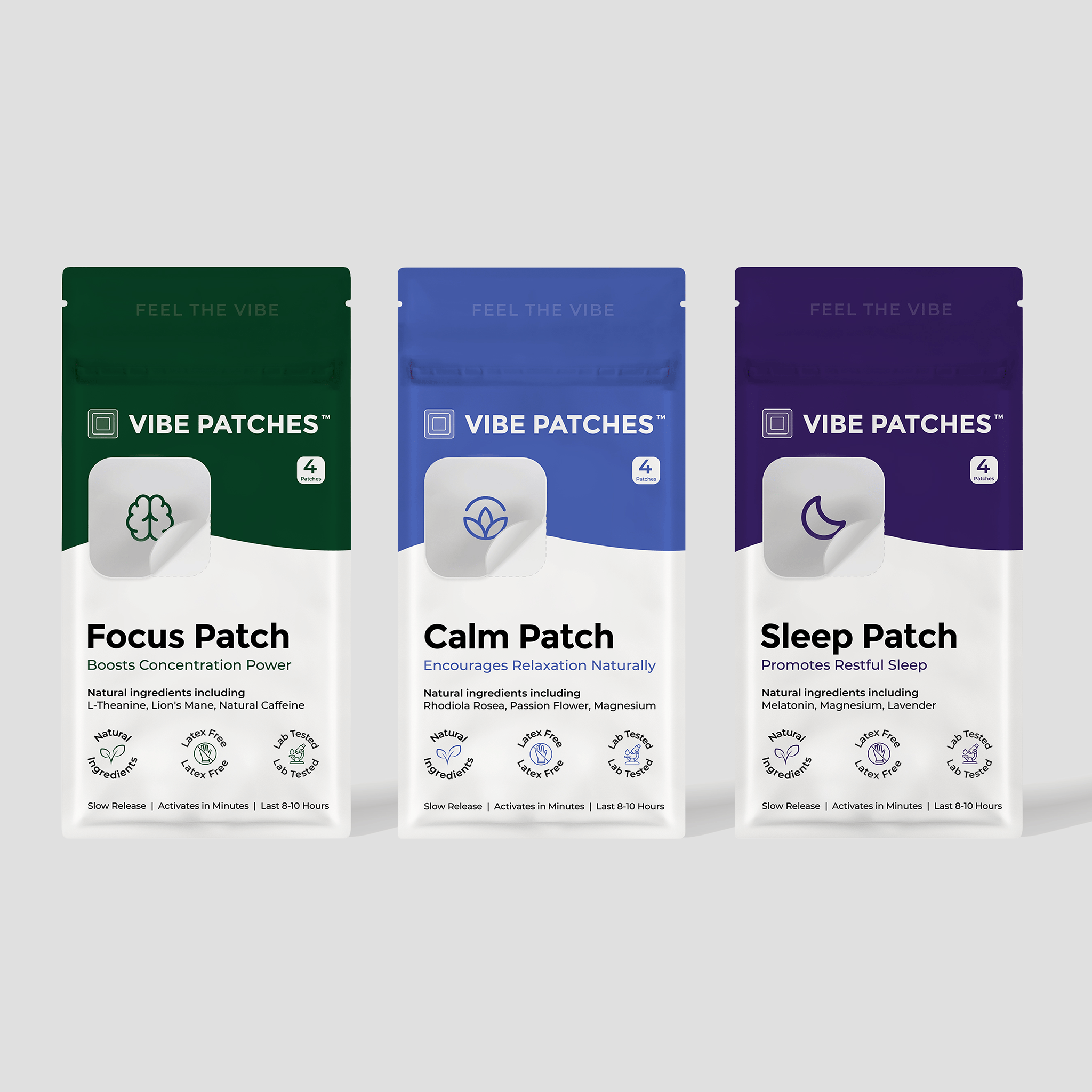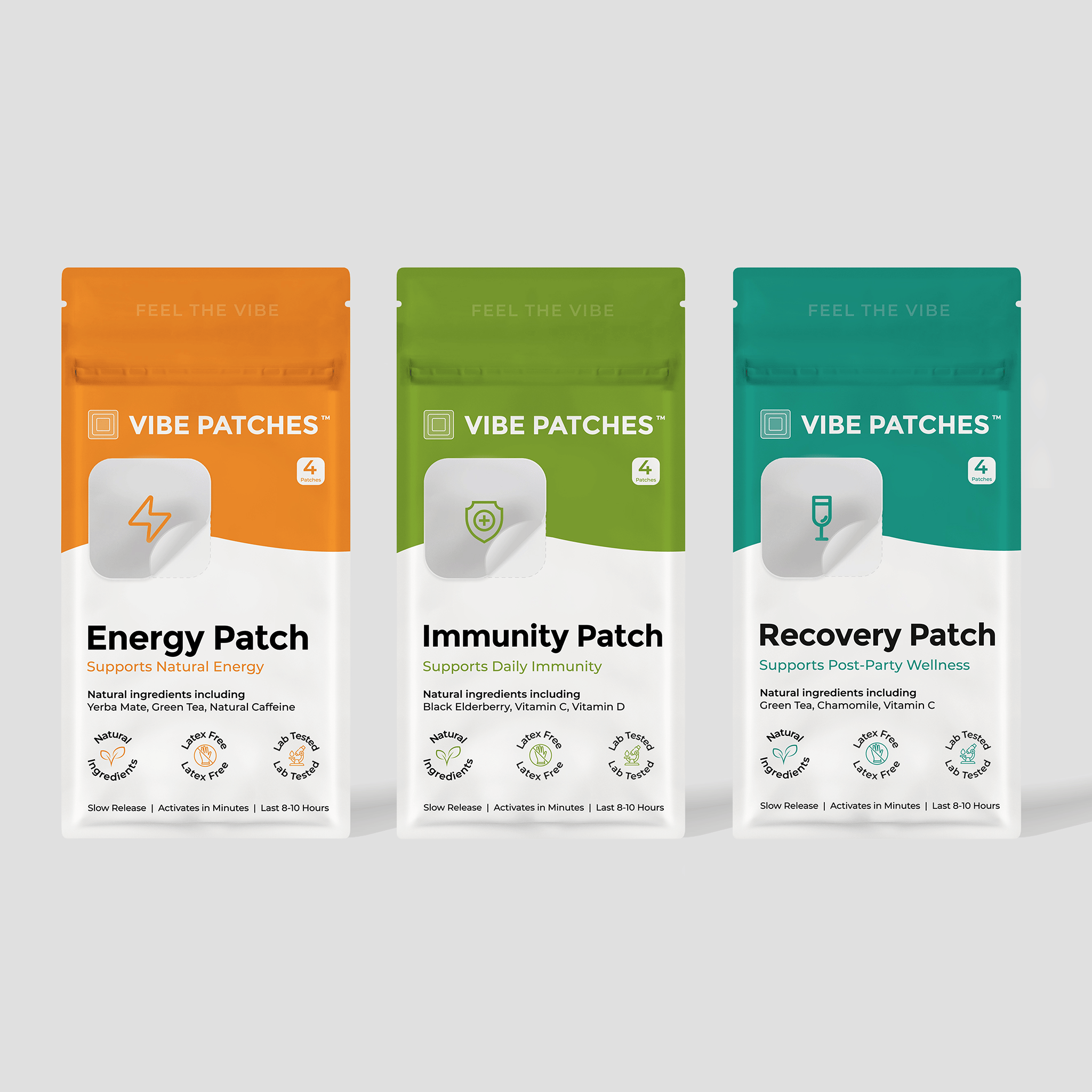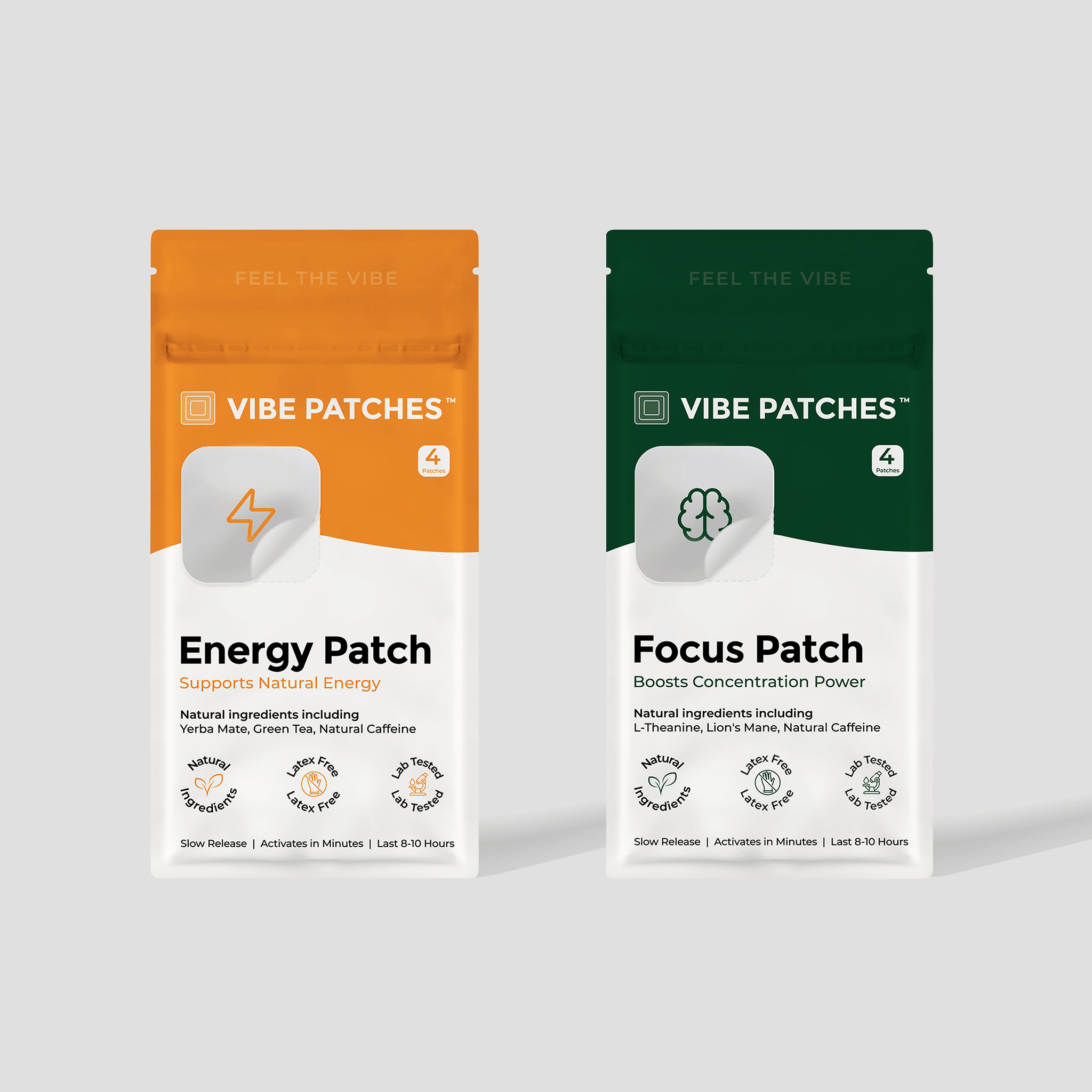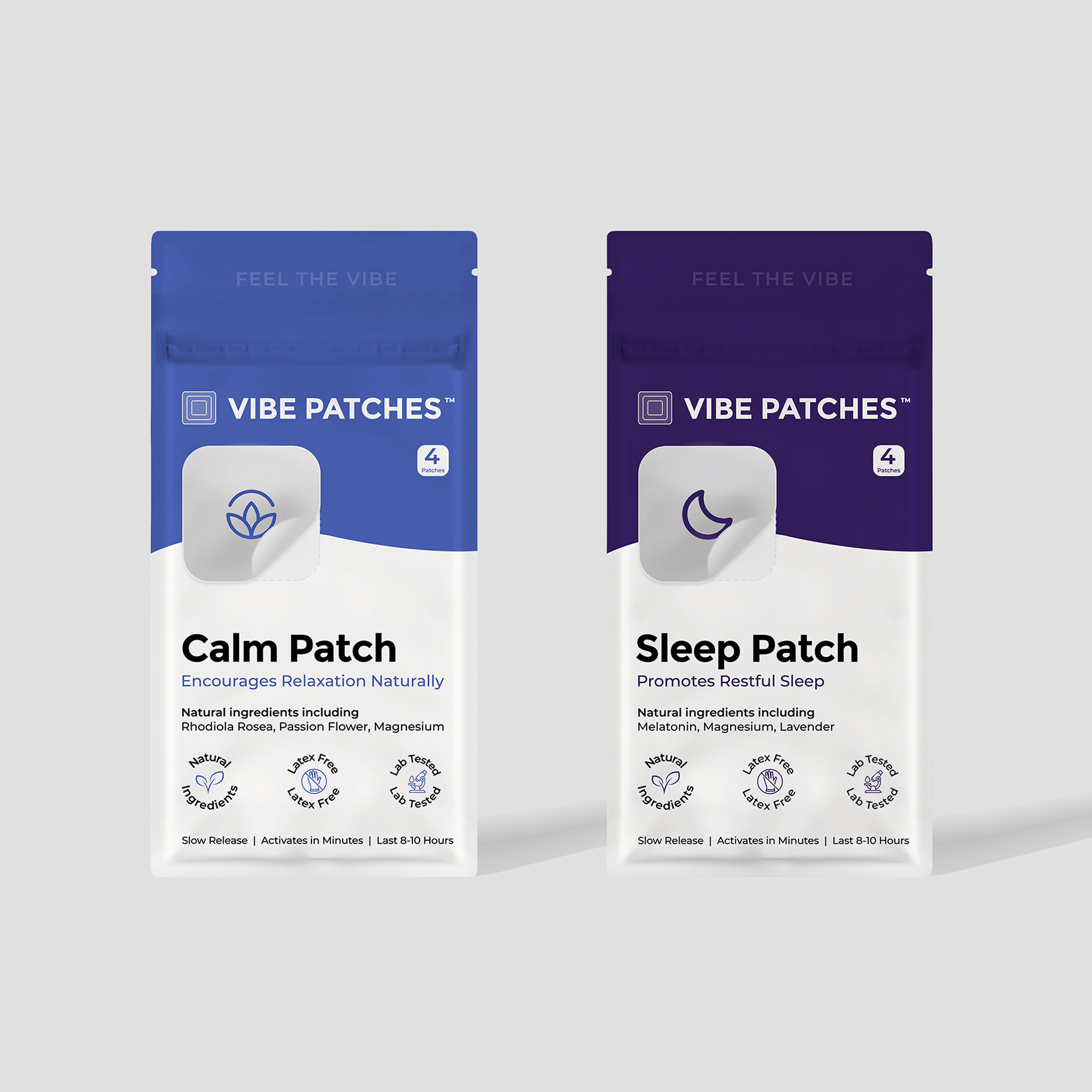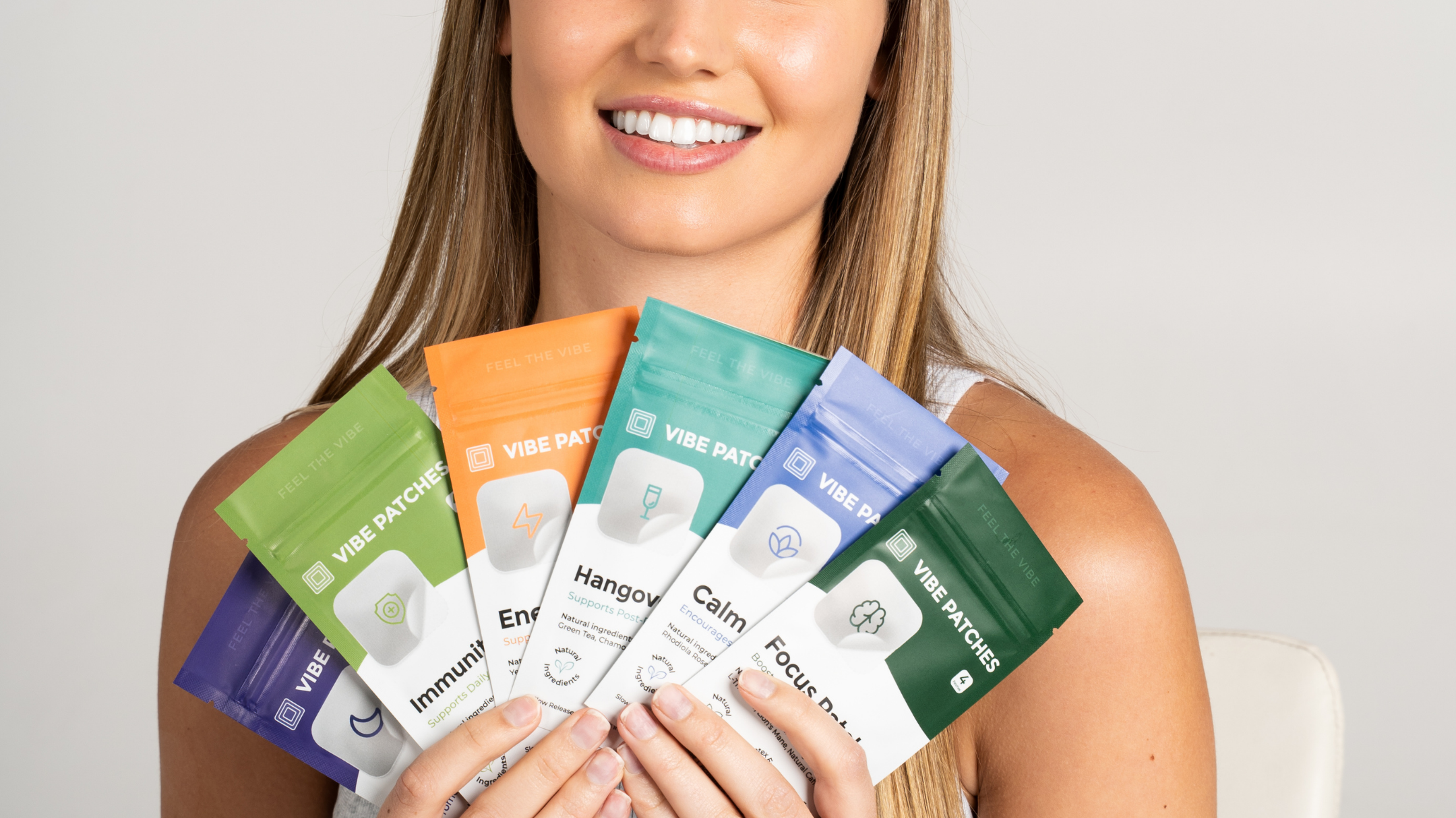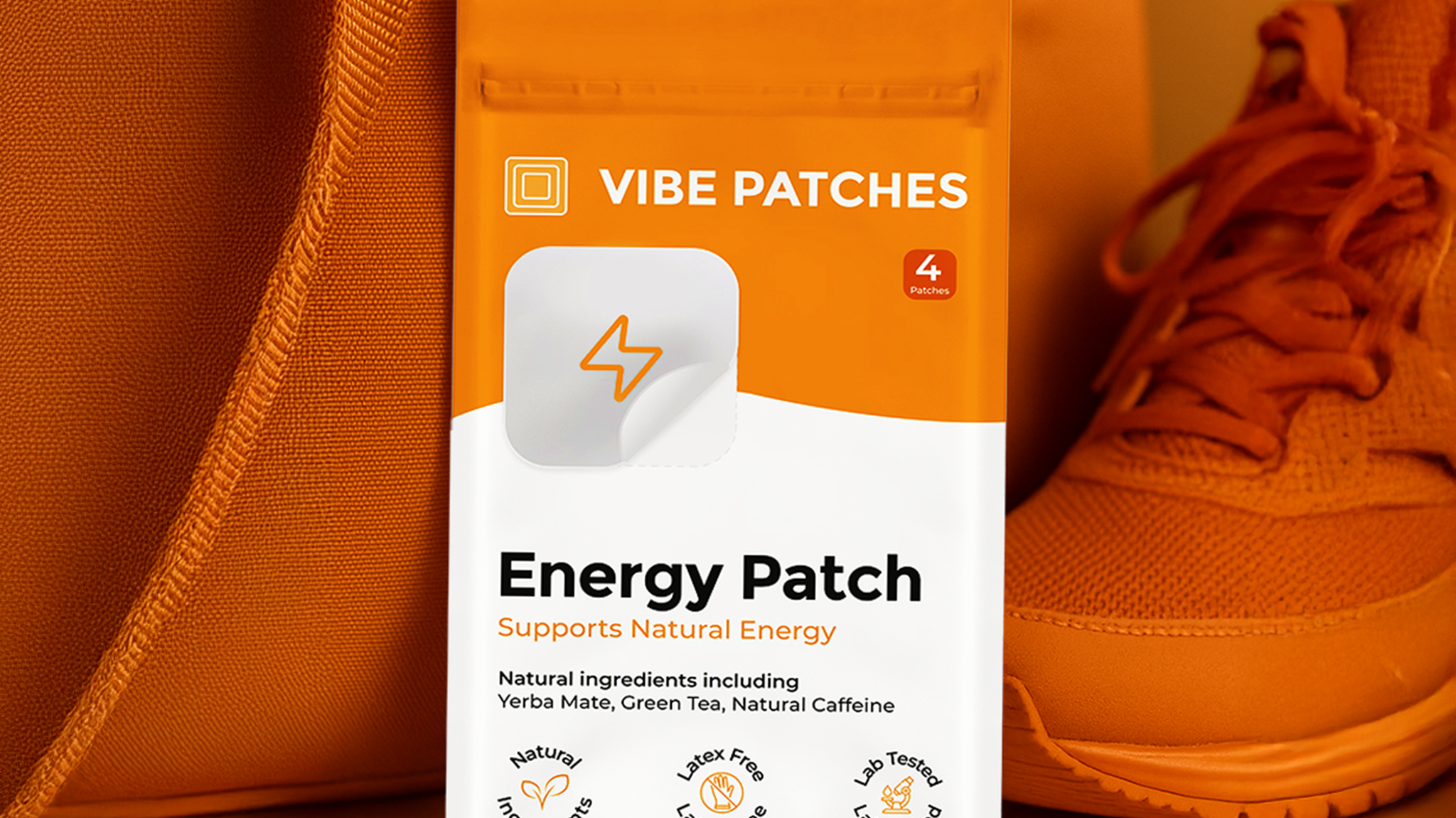For anyone struggling with restless nights, neck stiffness, or chronic back pain, the question often arises: is ditching your pillow the secret to better sleep? While some experts tout the benefits of going pillow-free for spinal alignment, others warn of potential discomfort and poor posture. With so much conflicting advice, it’s easy to feel overwhelmed. This guide breaks down the pros and cons of sleeping without a pillow, offering evidence-based insights and actionable strategies to help you find your ideal sleep setup.
What Is the Main Purpose of Using a Pillow?
The main purpose of using a pillow is to support the natural alignment of your head, neck, and spine while you sleep. By filling the gap between your head and the mattress, a pillow helps maintain proper posture, reducing strain on your muscles and joints. This support can prevent discomfort, stiffness, and pain, especially for side and back sleepers, by keeping the cervical spine in a neutral position. Additionally, a well-chosen pillow can enhance overall sleep quality by promoting relaxation and minimizing nighttime disturbances caused by poor alignment.
Why Are So Many People Questioning Whether They Should Sleep With or Without a Pillow?
- Increased Awareness: More people are recognizing the importance of spinal health and how proper sleep posture can help prevent neck and back pain.
- Conflicting Advice: Health experts and wellness influencers often share differing opinions about the benefits and drawbacks of using a pillow, leading to confusion.
- Minimalist Trends: A growing interest in natural and minimalist lifestyles is prompting individuals to rethink traditional sleep habits and products like pillows.
- Personal Experience: Many people experiment with pillow-free sleeping after experiencing discomfort, poor sleep quality, or chronic pain.
- Curiosity and Optimization: There’s a strong desire to explore alternative sleep techniques and optimize rest without relying on medication or costly bedding solutions.
Is It Better To Sleep Without a Pillow?
Whether it’s better to sleep without a pillow depends on your individual sleep position, body type, and specific needs. For some, especially stomach sleepers, going pillow-free can help maintain a more natural alignment of the spine and reduce strain on the neck. However, for back and side sleepers, a supportive pillow often plays a crucial role in keeping the head, neck, and spine properly aligned, which can prevent discomfort and pain. Ultimately, the best choice is the one that supports your unique anatomy and leaves you waking up refreshed and pain-free. Experimenting with different pillow heights or even trying short periods without a pillow can help you discover what works best for your body.
Effective Sleeping Techniques
Prioritize Spinal Alignment
Maintaining a neutral spine is essential for restorative sleep and long-term health. Choose a sleeping position that supports the natural curve of your spine—side and back sleepers often benefit from a supportive pillow, while stomach sleepers may find less or no pillow more comfortable. Experiment with pillow height and firmness to find what best aligns your head, neck, and shoulders, reducing the risk of waking up with pain or stiffness.
Optimize Your Sleep Environment
A calm, comfortable sleep environment can make a significant difference in sleep quality. Keep your bedroom cool, dark, and quiet, and invest in a mattress that provides the right level of support for your body type. Consider using blackout curtains, white noise machines, or essential oil diffusers to create a soothing atmosphere that encourages deeper rest.
Explore Natural Sleep Aids
If you struggle to fall or stay asleep, natural sleep aids can be a gentle and effective solution. Products like the sleep patch deliver calming ingredients through your skin, helping you relax and drift off without the need for medication. These patches are easy to use and can be a valuable addition to your bedtime routine, especially for those seeking non-habit-forming alternatives.
Practice Mindful Pre-Bedtime Habits
Establishing a consistent bedtime routine signals your body that it’s time to wind down. Engage in relaxing activities such as gentle stretching, meditation, or reading before bed. Avoid screens and bright lights at least an hour before sleep, as blue light can disrupt your natural circadian rhythm. Mindful habits can help you transition smoothly into restful, uninterrupted sleep.
Can the Wrong Pillow Cause Neck or Back Pain?
Yes, using the wrong pillow can contribute to neck or back pain by disrupting the natural alignment of your spine during sleep. A pillow that is too high, too flat, or lacks proper support can force your head and neck into awkward positions, leading to muscle strain, stiffness, and even chronic discomfort over time. This misalignment can also affect your shoulders and upper back, making it harder to achieve restful, restorative sleep. Choosing a pillow that matches your preferred sleep position and provides adequate support is essential for maintaining spinal health and preventing pain.
If Changing Your Pillow Isn’t Enough, What Other Solutions Can Help?
If changing your pillow isn’t enough to improve your sleep, consider trying a sleep patch as a natural, non-habit-forming solution. The Vibe Patches Sleep Patch is designed to help you fall asleep faster and enjoy deeper, more restful sleep by delivering calming ingredients like melatonin, L-theanine, magnesium, and calming botanicals directly through your skin. Simply apply the patch to clean, dry skin before bedtime, and let its blend of natural sleep-supporting ingredients work throughout the night. This easy-to-use patch can be a valuable addition to your bedtime routine, especially if you’re seeking gentle, effective support for better sleep without relying on medication.
Why Are Patches Gentler and More Convenient Than Pills, Teas, or Melatonin Gummies?
Patches offer a gentler and more convenient alternative to pills, teas, or melatonin gummies because they deliver sleep-supporting ingredients directly through the skin, allowing for steady absorption throughout the night. Patches are easy to use—simply apply one before bed and let it work while you sleep, with no need to remember to take a pill or prepare a drink. They also avoid added sugars, artificial flavors, or fillers often found in gummies and teas, making them a cleaner, more minimalist choice for those seeking natural, hassle-free sleep support.
What Bedtime Habits Make the Biggest Difference for Relaxation?
|
Bedtime Habit |
How It Helps Relaxation |
Product Support |
|
Establishing a Consistent Routine |
Signals your body it’s time to wind down, making it easier to fall asleep. |
Sleep Patches: Enhances your routine with natural sleep-supporting ingredients. |
|
Practicing Mindful Relaxation |
Reduces stress and calms the mind before bed, promoting deeper rest. |
Calm Patches: Delivers calming botanicals and nutrients to ease tension and support relaxation. |
|
Limiting Screen Time Before Bed |
Minimizes blue light exposure, supporting natural melatonin production and sleepiness. |
Use in combination with patches for a holistic approach to relaxation and sleep. |
|
Creating a Comfortable Sleep Space |
A cool, dark, and quiet environment helps your body relax and stay asleep longer. |
Both patches can complement your sleep environment by supporting your body’s natural relaxation process. |
|
Gentle Stretching or Meditation |
Releases physical tension and quiets the mind, preparing you for restful sleep. |
Calm Patch can be used alongside these habits for enhanced relaxation and stress relief. |
Common Sleep Mistakes To Avoid
- Using the Wrong Pillow: Sleeping with a pillow that doesn’t support your preferred position can lead to neck or back pain and disrupt your rest.
- Inconsistent Sleep Schedule: Going to bed and waking up at different times each day confuses your body’s internal clock, making it harder to fall asleep and wake up refreshed.
- Excessive Screen Time Before Bed: Exposure to blue light from phones, tablets, or TVs can suppress melatonin production and delay sleep onset.
- Overlooking Your Sleep Environment: Ignoring factors like room temperature, noise, or light can prevent you from achieving deep, restorative sleep.
- Forgetting to Use Sleep Aids: Skipping helpful tools like the sleep patches can mean missing out on natural, gentle support for falling asleep faster and staying asleep longer.
Conclusion
Achieving restful, pain-free sleep often comes down to making mindful choices about your sleep environment, habits, and the tools you use. Whether you decide to sleep with or without a pillow, the key is to support your body’s natural alignment and listen to what feels best for you. Incorporating effective bedtime routines, optimizing your sleep space, and exploring gentle aids like the Vibe Sleep Patch can make a significant difference in your nightly rest. By avoiding common sleep mistakes and prioritizing relaxation, you empower yourself to wake up feeling refreshed, energized, and ready to embrace each new day.
Final Thoughts
Searching for natural ways to improve your sleep quality and daily well-being? Vibe Patches has you covered with a versatile lineup of wellness patches that fit seamlessly into your routine. From the quick-acting Hangover Patch to the soothing Calm Patch, energizing Energy Patch, and restful Sleep Patch, each patch is expertly crafted to deliver targeted support. Discover the complete Vibe Patches collection and elevate your self-care with effortless, on-the-go wellness.
Sources


